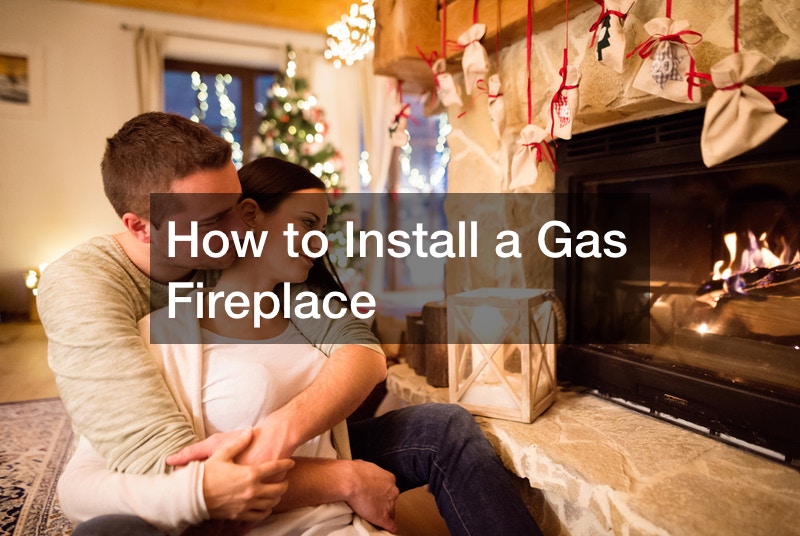
Gas fireplaces are the perfect way to keep the entire family cozy on cold nights. They don’t require you to set up a complicated installation process and are generally easy to operate. Here is a brief guide to help individuals understand gas fireplace installations, as illustrated in the video, “Installing A Gas Fireplace.”
The first step is framing the fireplace to fit the area you have. Individuals generally do framing in two ways: the first is hardwood framing.
The second option involves installing blocks, bricks, or stone around the fireplace to create a supporting structure for the unit.
The next step of gas fireplace installations involves setting the fireplace in place. There are several support options, but the simplest is to use a fireplace surround. You will then need to do venting. If you choose to leave the venting open at all times, you must ensure that the vent is not in direct contact with flammable material.
You next need to set up your masonry fire surround. This allows the heat from your masonry unit to escape out of the house. After you get your fireplace ready, it’s time to install the controls and light kit. The most critical element is remembering that the pilot light must be on for gas fireplaces to work. When you turn on the gas and open the damper, you’ll see smoke rising from the chimney; this is normal and means that the fireplace is working correctly. And that’s it! You now have a beautiful gas fireplace in your home.
.

